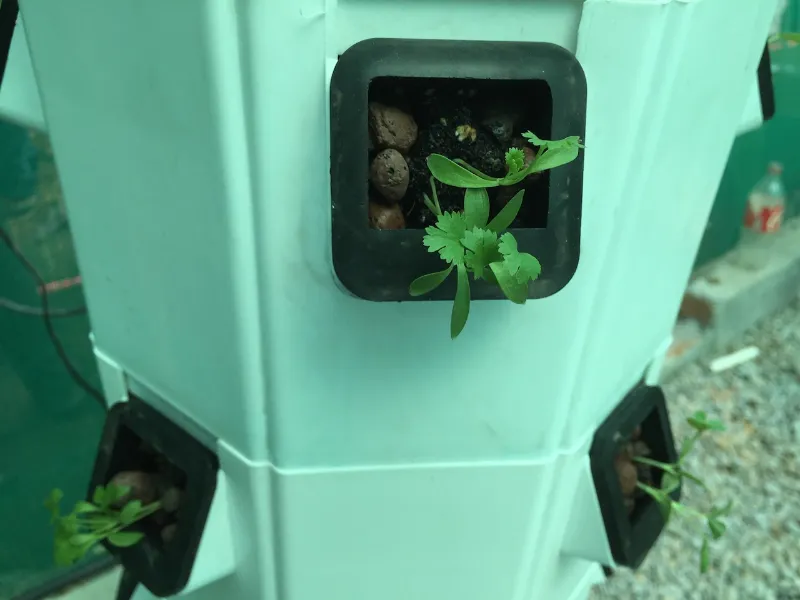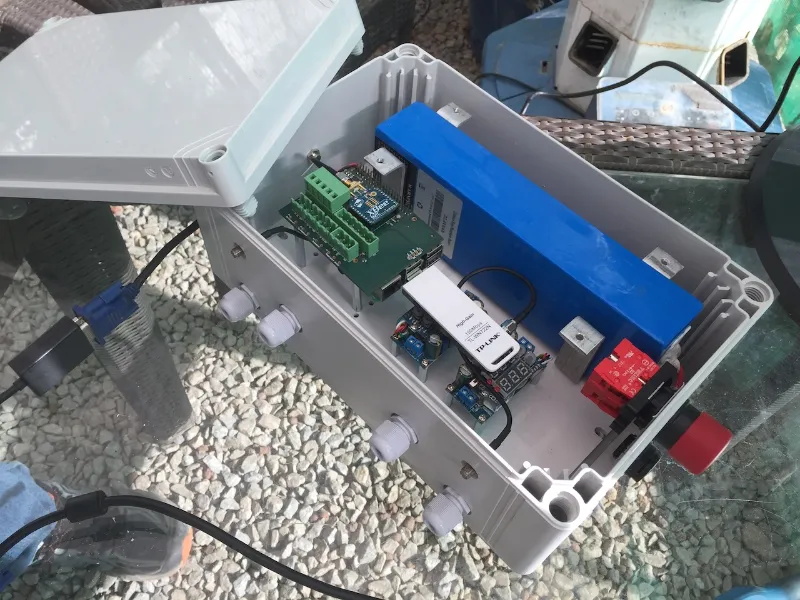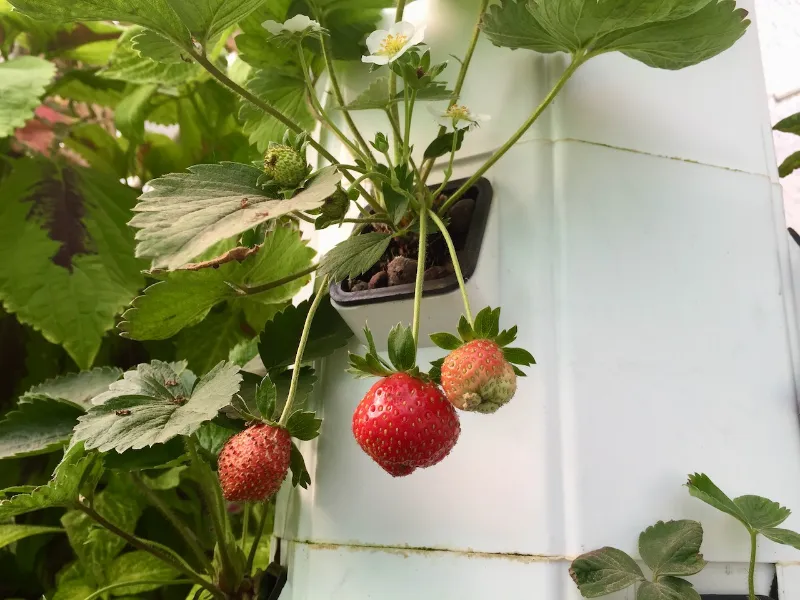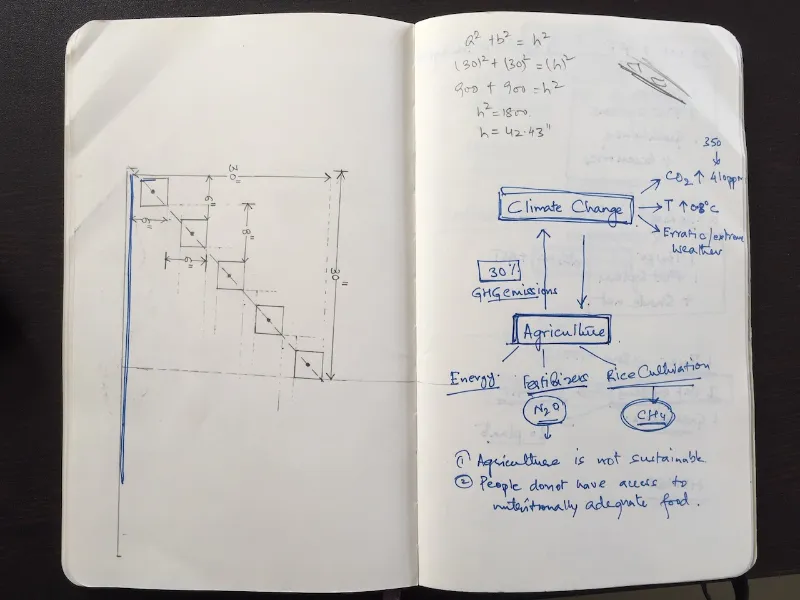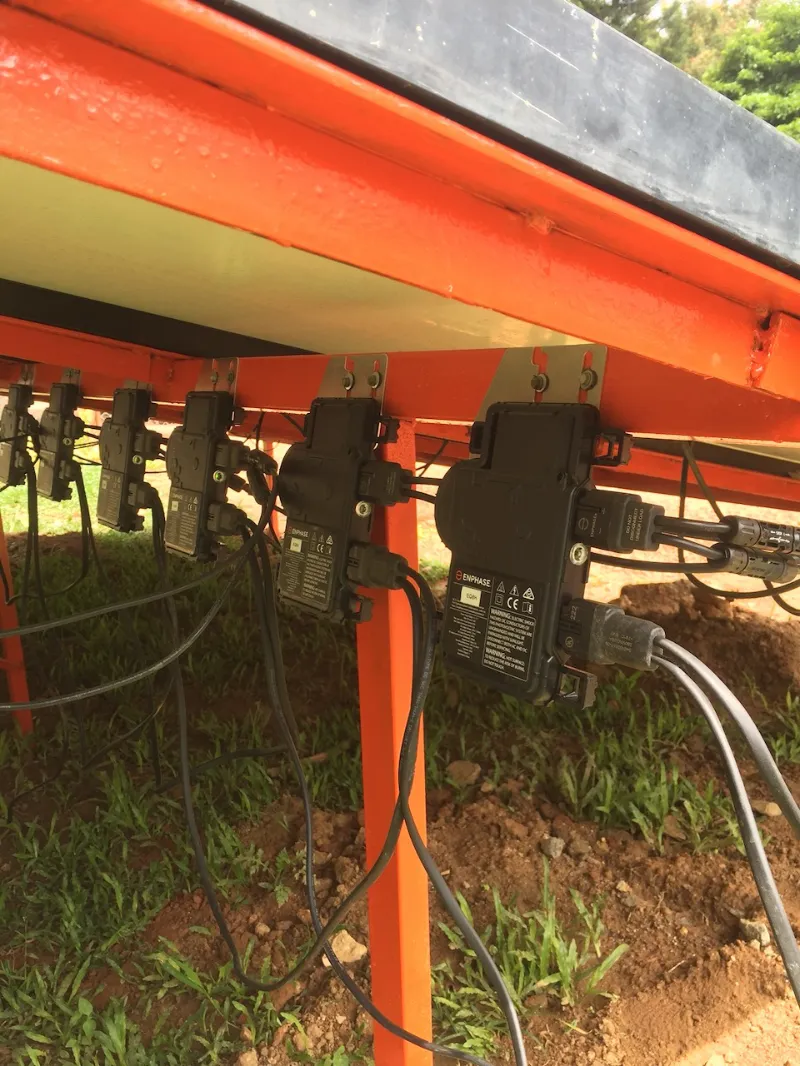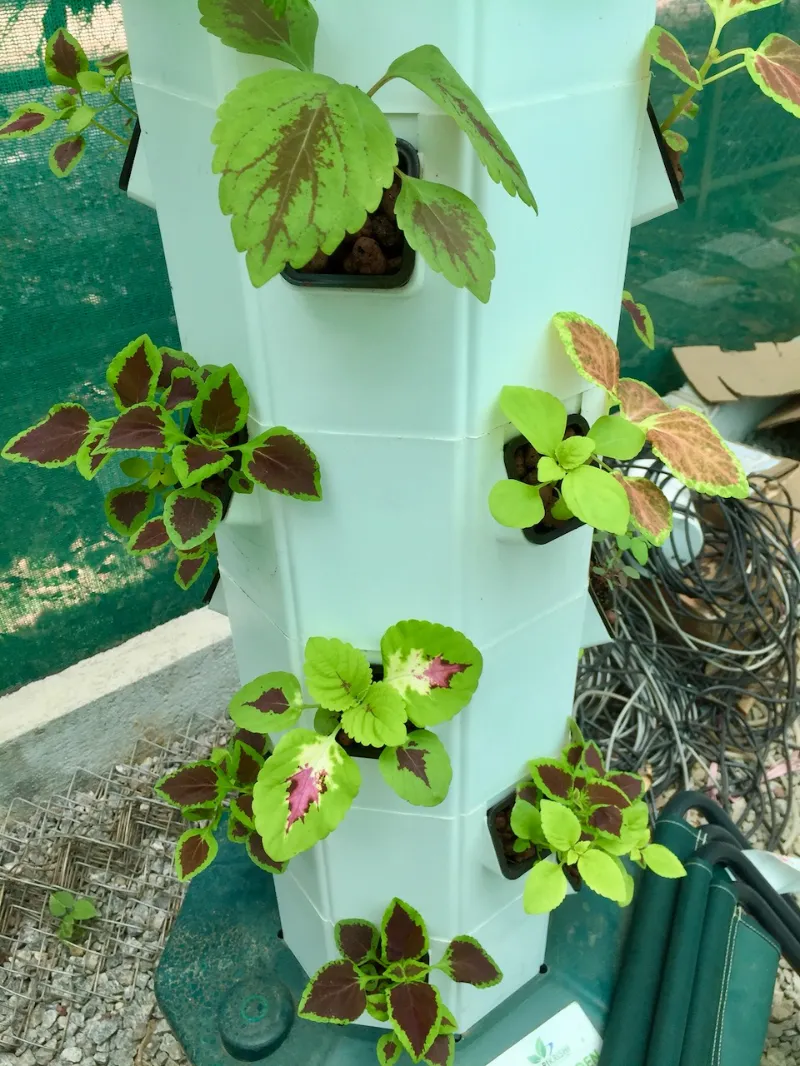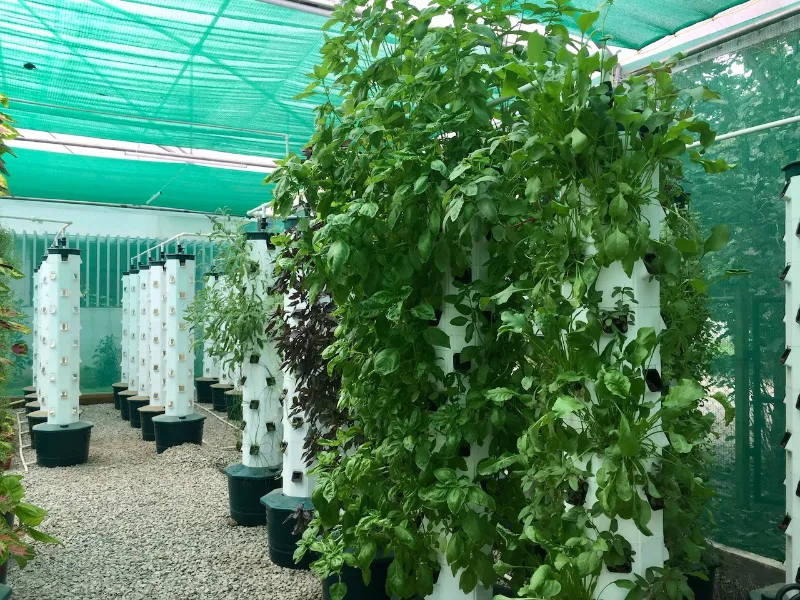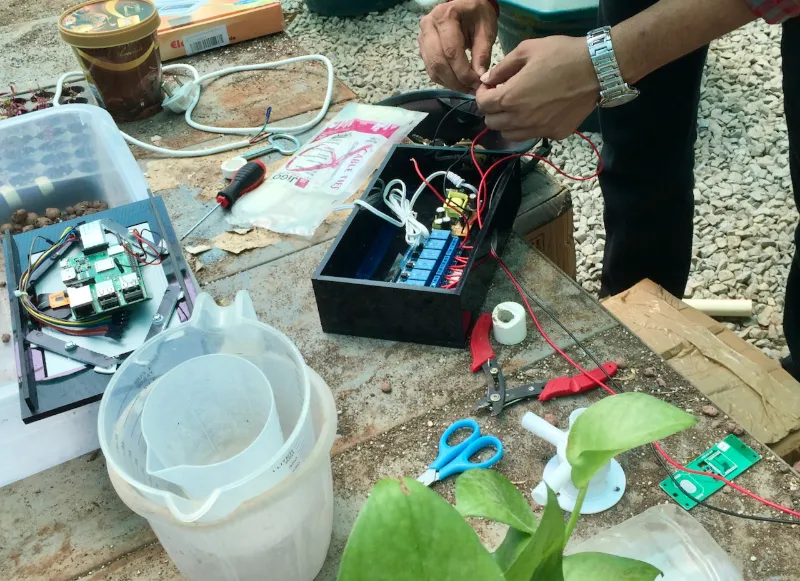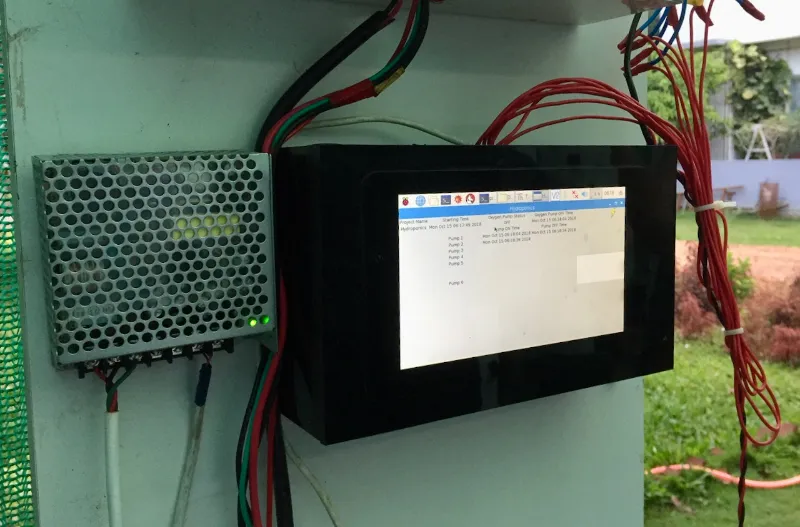Locavore (2018)
I was introduced to Gurjot Singh in the summer of 2017. He is a Medical Doctor turned research scientist from the Indian Institute of Science (IISc), Bangalore.
His work involved researching and studying the carbon metabolism of cities in developing countries. He developed empirical models to describe the flow of carbon inside cities, including the sources of influx and efflux and carbon sequestration1 in urban areas.
In 2015, he participated in the NSF-funded Drilling and Coring Summer Institute at the University of Minnesota, Minneapolis, to study techniques for coring lake sediments for scientific analysis of current and past climate.
I had some of the most scientific and new discussions with him. We talked about building large-scale energy storage with Vanadium Redox Battery2. He built a few demo units, but I was not involved at that time.
Locavore
We envisioned Locavore as an enabler for cities, towns, and pockets of communities to reduce food transportation and grow a portion of their required food, enriched with high-quality nutrients.
We experimented with building portable aeroponic3 gardens for homes. We ended up building a demo aeroponics farm in the middle of Bangalore. It was semi-automated, powered by a Raspberry Pi, and he crafted a whole lot of checklists.
We would check-in in the morning, add the nutrients, and re-fill the water tanks, and the Raspberry Pi would water the plants at regular intervals. We supplied fresh produce to some local restaurants, and many were amazed by the quality. Many of my neighbors loved the fresh strawberries, too.
We had success in the lab-setting of infusing Vitamin B124 into spinach. Vitamin B12 is the only vitamin that must be sourced from animal-derived foods or supplements. A lof Indians are affected by the lack of it, as many Indians are vegetarian. We had the idea of producing Super Spinach for expecting mothers to get their required nutrients by just eating a handful of the most easily available vegetable.
We were even invited and interviewed at Mountain View but rejected for the Y Combinator Winter 2019 Batch.
Moving On
Gurjot is now building BioShakti, an energy Startup focused on the development of biofuels and e-fuels to decarbonize sectors with difficult-to-eliminate emissions, such as long-distance transportation, load-following electricity, and manufacturing (fertilizers, steel, and cement).
BioShakti is the first to introduce dry anaerobic digestion in India on a commercial scale. Dry digestion is ideal for producing biofuels from lignocellulosic biomass found in abundance in India. They have been selected by the Global Environment Fund (GEF) and United Nations Industrial Development Organization (UNIDO) as an innovative waste-to-energy project.
My only involvement with them is that of an advisor and staying friends with Gurjot. He is still my go-to person whenever I need to ask him anything scientific and need a simplified answer.
That year taught me a lot and changed my perspective on what I wanted to work for. It led me to work for a Japanese Startup, and I got lucky to have worked with JAXA’s satellite data tracking farm usage in a prefecture in Japan. Unfortunately, the COVID-19 Pandemic messed up everything, and I gave up.
Climate
That led to Valinor Earth, which started as an AgTech but eventually pivoted to the big picture that we had in mind—climate. Valinor Earth is a climate tech company helping businesses fight climate change by leveraging machine learning on climate data and geospatial technologies.
-
Carbon Sequestration is the process of capturing excess gaseous carbon dioxide from the atmosphere and storing it securely, especially in soil or certain carbon-absorptive materials. ↩
-
The vanadium redox battery (VRB), also known as the vanadium flow battery (VFB) or vanadium redox flow battery (VRFB), is a type of rechargeable flow battery. It employs vanadium ions as charge carriers. The battery uses vanadium’s ability to exist in a solution in four different oxidation states to make a battery with a single electroactive element instead of two. For several reasons, including their relative bulkiness, vanadium batteries are typically used for grid energy storage, i.e., attached to power plants/electrical grids. ↩
-
Aeroponics is the process of cultivating plants in an air or mist environment, eliminating the need for soil or an aggregate medium. The term “aeroponic” originates from the ancient Greek: aer (air) and ponos (labor, hardship, or toil). It falls under the category of hydroponics, as water is employed in aeroponics to deliver nutrients to the plants. ↩
-
Vitamin B12 is the most chemically complex of all vitamins, and for humans the only vitamin that must be sourced from animal-derived foods or supplements. Only some archaea and bacteria can synthesize Vitamin B12. Vitamin B12 deficiency is a widespread condition that is particularly prevalent in populations with low consumption of animal foods. Such diets can be due to a variety of reasons, such as low socioeconomic status, ethical considerations, or lifestyle choices such as veganism. ↩
